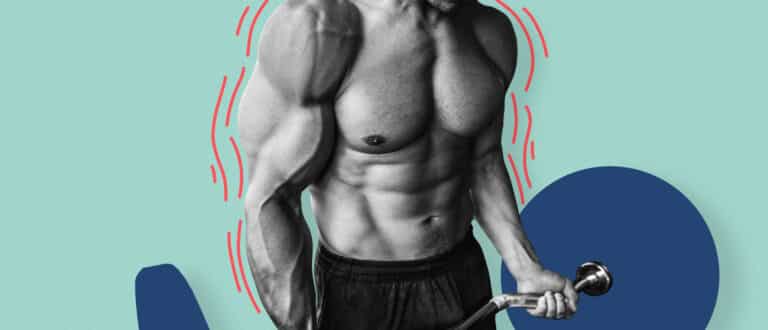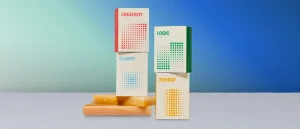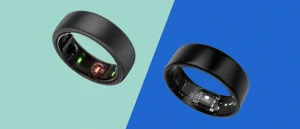Hold on Tight: The Ultimate Guide to the Best Grip Strengtheners
Of the many muscles we train to feel, look, and perform better, those associated with grip strength might be the most slept on. For one, directly training your grip can lead to juicy forearms, which will make you the envy of men the world over. But grip training also boosts your capacity for other workouts, too—think weightlifting, rock climbing, and bodyweight exercises—which in turn grants more strength and muscle gains. Plus, grip strength has recently been identified as a fairly robust biomarker for healthful aging; AKA having a powerful grip is a sign of a more youthful body primed for longevity (1, 2, 3).
So, how does one join the grip strength elite? Luckily, it’s both cheap and easy: get a grip strengthener (sometimes called a gripper). Here’s everything you need to know about grip strengtheners—if they work, how they work, how to use them, and the best ones to buy.
Do Grip Strengtheners Really Work and Are They Worth Buying?
Yes, when used correctly (more on that below), grip strengtheners absolutely work. Like any muscle or group of muscles, the muscles in your fingers, wrist, and forearms can be stimulated with resistance training which, over time, leads to those muscles growing stronger. If you’ve tried grip strengtheners before and that didn’t happen, you likely weren’t pushing yourself hard enough, weren’t training with one often enough, or weren’t using them correctly. Whether you’re training grip for functional (your work involves your hands, maybe) or ulterior (you want Popeye forearms) reasons, grip strengtheners work and are worth the relatively low cost—especially now that we know weak grip strength is associated with advanced aging.
How to Use Grip Strengtheners
Use them at the start of your workout (or when you’re not working out)
If you’re prioritizing grip strength, you need to hit those muscles while they’re fresh. This is to say you should not relegate grip strengthening to the very end of your workout when you’re exhausted and ready to be done. That’s a recipe for low-quality sets, which is where results go to die.
Semi-related note: avoid doing grip strength work on the same day you might be using said grip strength in other exercises. If you plan on doing deadlifts—where grip strength is a limiting factor—you probably want a fresh grip.
Full range of motion, hold closed position
As far as execution is concerned, there are two rules. First, work the grip strengthener through its fullest range of motion. That means you squeeze (or pull, depending on the device) as far as the product allows, then use a controlled release back to its pre-stretched state. This ensures you’re training more of the musculature, which means a stronger overall grip.
The second rule of grip strength training is a one (or more) second pause at the tightest position, as endorsed by exercise scientist Dr. Mike Israetel of Renaissance Periodization. The hold will hurt, but it will be worth it. Pausing the reps at the hardest point better mirrors the function of grip strength in the first place—squeezing and stabilizing heavy static forces. When would you really need to squeeze something really hard just to drop it immediately?
Don’t use them every day
Because most grip strengtheners are the perfect size to sit on your desk or in a drawer at work, it is tempting to do sets and reps of grip work daily. Do your best to avoid this temptation. Like all muscles, those associated with grip power need time to recover from fatigue and build back stronger. Plus, as mentioned earlier, if you’re doing any other kind of training that necessitates a stable grip, you’ll want to skip those days as well.
The Best Grip Strengtheners on the Market
References
1. Bohannon, Richard (2019). Grip Strength: An Indispensable Biomarker For Older Adults. https://www.ncbi.nlm.nih.gov/pmc/articles/PMC6778477/
2. Norman, Kristina et al (2011). Hand grip strength: Outcome predictor and marker of nutritional status.
https://www.sciencedirect.com/science/article/abs/pii/S0261561410001834
3. Peterson, Mark et al (2022). Grip strength is inversely associated with DNA methylation age acceleration. https://onlinelibrary.wiley.com/doi/full/10.1002/jcsm.13110












